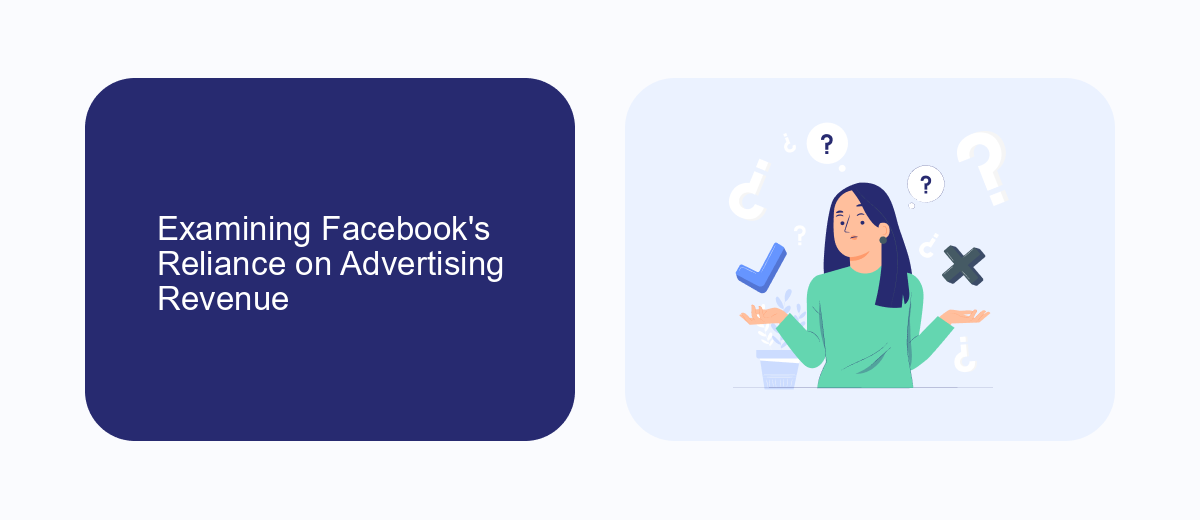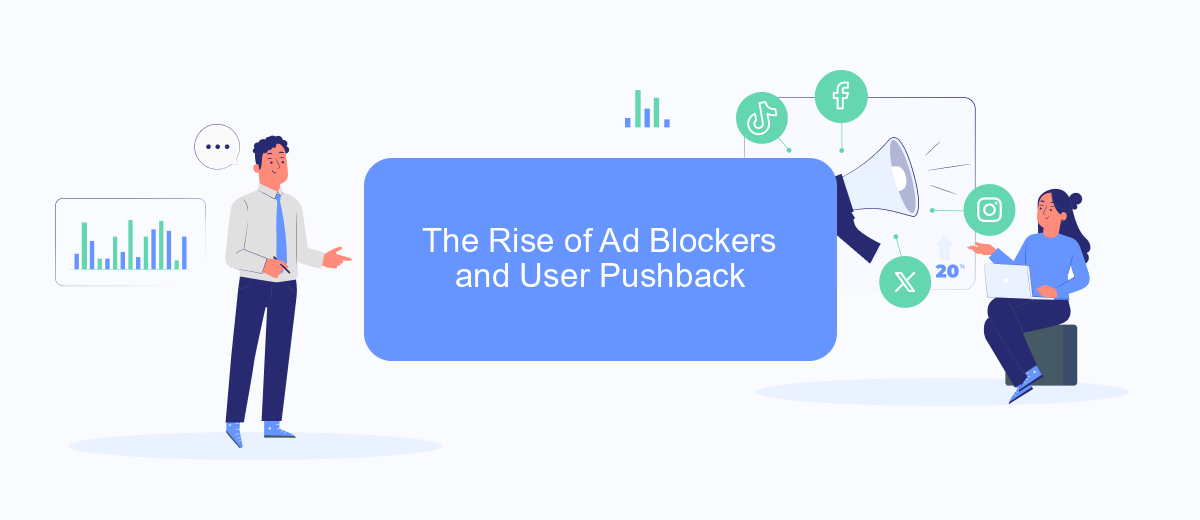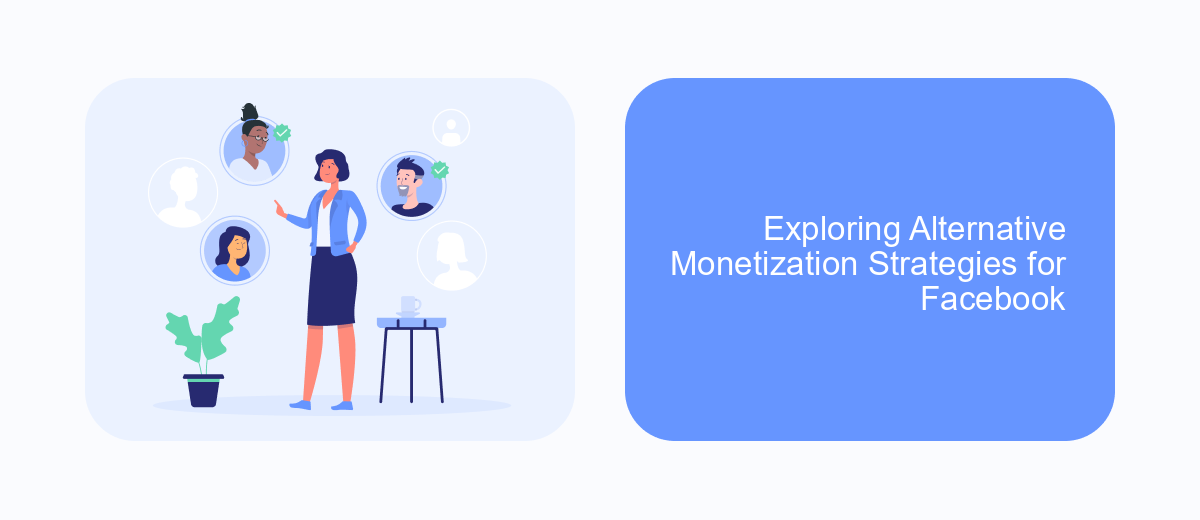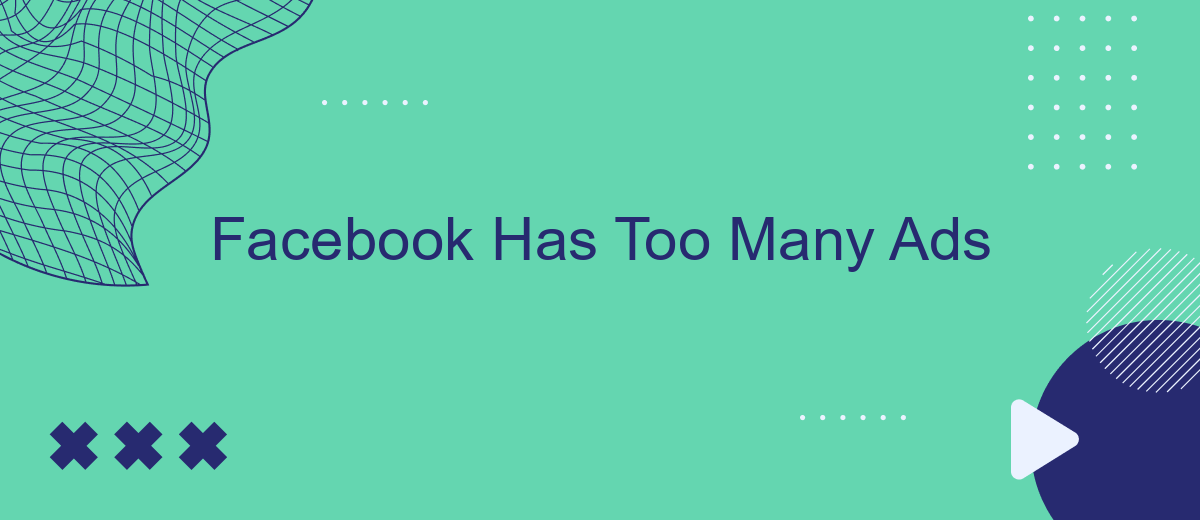In recent years, Facebook has become a cornerstone of digital social interaction, connecting billions worldwide. However, an increasing number of users are voicing concerns about the platform's overwhelming ad presence. What once was a space for personal connection and community engagement is now cluttered with advertisements, disrupting user experience and raising questions about the platform's priorities. This article explores the implications of Facebook's ad saturation.
The Impact of Ad Overload on User Experience
The overwhelming presence of advertisements on Facebook has significantly altered the user experience, often leading to frustration and disengagement. As users scroll through their feeds, they are bombarded with a multitude of ads that interrupt the flow of organic content. This constant exposure not only detracts from the platform's original purpose of fostering social connections but also diminishes user satisfaction.
- Increased ad frequency leads to content clutter.
- Users experience reduced engagement with personal posts.
- Ad overload can cause slower page loading times.
- Targeted ads may raise privacy concerns among users.
- Frequent ads can lead to ad fatigue and decreased attention.
As a result, users may seek alternative platforms that offer a cleaner, more streamlined experience. The challenge for Facebook is to balance monetization needs with user satisfaction, ensuring that ads are relevant and non-intrusive. By addressing these concerns, Facebook can enhance the overall user experience, retaining its user base and maintaining its position as a leading social media platform.
Examining Facebook's Reliance on Advertising Revenue

Facebook's business model heavily relies on advertising revenue, which has been a double-edged sword for the platform. On one hand, it allows Facebook to offer its services for free to billions of users worldwide, fostering a vast and engaged community. On the other hand, the sheer volume of ads can detract from the user experience, leading to criticism and calls for change. The platform's sophisticated ad-targeting capabilities, driven by user data, have made it a preferred choice for advertisers seeking precise audience engagement. However, this reliance on advertising also means that Facebook's financial health is closely tied to the performance and perception of its ad services.
To maintain and enhance its advertising revenue, Facebook has explored various strategies, including partnerships and integrations with third-party services. One such service, SaveMyLeads, offers automated integration solutions that streamline the process for advertisers, allowing them to efficiently manage their campaigns and data flow. By leveraging such integrations, Facebook aims to provide a more seamless and effective advertising experience, potentially mitigating some user concerns while bolstering its revenue streams. This focus on innovation and collaboration underscores Facebook's commitment to sustaining its advertising-driven business model amidst evolving digital landscapes.
The Rise of Ad Blockers and User Pushback

As Facebook's advertising presence has grown, so too has user dissatisfaction with the sheer volume of ads. This has led to a significant rise in the use of ad blockers, as users seek to reclaim their online experience and reduce the clutter on their feeds. The overwhelming number of advertisements has sparked a pushback from users who feel inundated and overwhelmed, prompting them to take action against what they perceive as an intrusion.
- Users install ad-blocking software to eliminate unwanted ads.
- Many users express their dissatisfaction on social media platforms.
- Some users choose alternative platforms with fewer ads.
- Feedback to Facebook about ad overload increases.
- Online communities share tips on reducing ad exposure.
This growing trend of ad blockers and user pushback highlights a critical challenge for Facebook. The platform must balance the need to generate revenue through advertising with the necessity of maintaining a positive user experience. If the current trajectory continues, Facebook risks alienating its user base, potentially driving them to seek out less ad-heavy alternatives. Addressing these concerns is essential for sustaining long-term user engagement and satisfaction.
Exploring Alternative Monetization Strategies for Facebook

As Facebook continues to face criticism for its overwhelming number of ads, exploring alternative monetization strategies becomes crucial. Diversifying revenue streams not only addresses user dissatisfaction but also strengthens Facebook's financial stability. By reducing dependency on ads, Facebook can enhance user experience while maintaining profitability.
One potential avenue is leveraging its vast user base for subscription-based services. Offering premium features or exclusive content could entice users to pay a monthly fee, providing a steady income stream. Additionally, Facebook could capitalize on its extensive data analytics capabilities to offer business intelligence services to companies seeking to understand consumer behavior.
- Introduce subscription tiers for exclusive features.
- Expand e-commerce capabilities within the platform.
- Offer business intelligence and data analytics services.
- Develop partnerships for in-app purchases and services.
Implementing these alternative strategies requires careful planning and execution to ensure they align with Facebook's core values and user expectations. By diversifying its approach, Facebook can mitigate the risks associated with ad saturation and build a more sustainable business model that benefits both users and stakeholders.
- Automate the work with leads from the Facebook advertising account
- Empower with integrations and instant transfer of leads
- Don't spend money on developers or integrators
- Save time by automating routine tasks
Finding a Balance: Sustainable Advertising Practices for the Future
As Facebook continues to expand its advertising platform, finding a balance between generating revenue and maintaining user satisfaction becomes imperative. The current saturation of ads can lead to user fatigue, diminishing the platform's appeal. To address this, Facebook must explore sustainable advertising practices that prioritize user experience. This includes implementing advanced algorithms to ensure ad relevance, reducing ad frequency, and providing users with more control over the types of ads they see. By doing so, Facebook can create a more engaging environment that benefits both advertisers and users.
Additionally, integrating services like SaveMyLeads can streamline the ad management process for businesses. SaveMyLeads offers automated solutions that help businesses efficiently manage their leads and optimize their advertising strategies. By utilizing such services, businesses can focus on creating high-quality content that resonates with their target audience, rather than overwhelming users with excessive ads. This approach not only enhances user satisfaction but also fosters long-term growth and sustainability for Facebook's advertising ecosystem.
FAQ
Why does Facebook show so many ads?
How can I reduce the number of ads I see on Facebook?
Are there ways to automate managing Facebook ads for my business?
Can I completely remove ads from my Facebook experience?
Why do I see ads for products I've recently searched for or discussed?
Don't waste another minute manually transferring leads from Facebook to other systems. SaveMyLeads is a simple and effective tool that will allow you to automate this process so that you don't have to spend time on the routine. Try SaveMyLeads features, make sure that this tool will relieve your employees and after 5 minutes of settings your business will start working faster.

